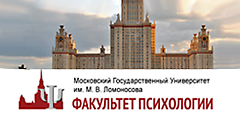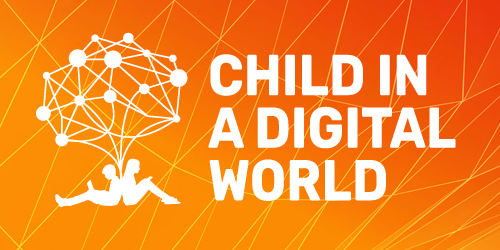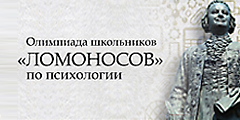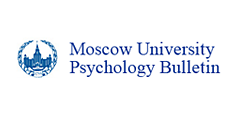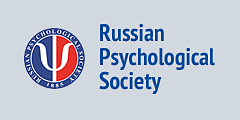Psychology in Russia: State of the Art, Moscow: Russian Psychological Society, Lomonosov Moscow State University, 2015, 4, 168 p.
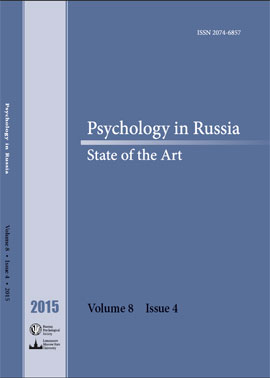
2015
Volume 8 (04)
Volume 8 (04)
Theory and methodology
-
From physiological psychology to psychological physiology: Postnonclassical approach to ethnocultural phenomena
-
Theoretical and empirical approaches to using films as a means to increase communication efficiency
-
The analysis and perspectives of studying basic and special types of self-determination according to A.L. Zhuravlev’s and A.B. Kupreichenko’s concept
-
Postnonclassical methodology and application of virtual reality technologies in social research
Psychophysiology and cognitive psychology
-
The connection of hemispheric activity in the field of audioverbal perception and the progressive lateralization of speech and motor processes
-
Electrophysiological analysis of the cognitive component of social creativity in young males and females with different individual characteristics
Clinical psychology
-
Resource function of conceptual and metacognitive abilities in adolescents with different forms of dysontogenesis
-
Social and personal factors of stable remission for people with drug addictions
Social psychology
-
The value sphere of native and newcomer youth in their subjective assessment of the environment of a megalopolis
-
Sociometric status of Theatre College students and its relation to their personal characteristics and educational activitie



